From Greek yogurt bagels to cottage cheese ice cream, sneaking protein into everything and seems to be all the rage these days. With the growing general desire to consume more protein, comes the need for more high protein snack options which is why I’m coming to you with 10 high protein vegetarian snack ideas.
Before we start talking about snacks, lets break down the basics including what protein is, how much we need and why we should be adding it to our vegetarian snacks!
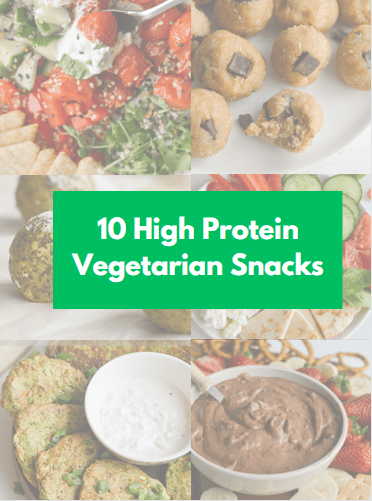
What Even is Protein?
Protein is one of the three macronutrients, which means that along with carbohydrates and fats, it is required by our bodies in large amounts to supply us with energy.
In addition to providing energy, protein also plays several other critical roles in our bodies. This includes building muscles, providing structure to cells, and assisting in necessary bodily processes. In summary protein is really a key factor in helping our body do EVERYTHING it needs to do to grow, repair itself and heal!
Breaking Down Protein: What are Amino Acids?
Protein is made up of small molecules, called amino acids. There are 20 amino acids in total that can be linked in different sequences and folded in different ways. These different sequences are what form different proteins in our bodies and the foods we eat
Of the 20 amino acids...
- 9 of them are essential (they CANNOT be made in our bodies), this means, we must get them through the foods we eat.
- 5 are nonessential, meaning that they CAN be made in our bodies, and therefore, are not necessary to include in our diets.
- 6 are considered conditionally essential, meaning that they are only made in the body under certain conditions, and therefore, we may or may not need to incorporate them into our diets.
So what does this mean when it comes to building a balanced high protein snack?
Why is protein important in snacks?
We all know snacks are important, but why is ensuring your snacks are high protein a key to creating a balanced snack?
When reaching for a snack to get you through that midday slump, it’s important to include a protein source to keep you full for a long time and to provide you with long lasting energy.
Let me break it down for you:
- Eating a snack WITHOUT protein: Eating a snack that consists only of a quick digesting carb, such as crackers or a banana, may provide you with energy for a short amount of time, however, this energy will not last and energy will most likely plummet shortly after.
- Eating a snack WITH protein: Choosing a snack that has a sufficient amount of protein will eliminate this crash in energy, leaving you energized, full, and satisfied over a longer period of time. Protein molecules take longer to breakdown in the body, allowing for more spread out, long lasting energy as opposed to the shorter lasting energy you get from just carbohydrates.

How much protein do you need?
Before we think about creating high protein vegetarian snacks we first need to talk about how much protein we ACTUALLY need. There is so much conflicting information out there on this exact topic, so how can you figure out how much you need?
I am not normally a huge supporter of basing your food choices off of numbers (because we are all so different). However if you are looking for a baseline value for how much protein you should be eating I recommend starting with the Acceptable Macronutrient Distribution Range or the Recommended Dietary Allowance.
The Acceptable Macronutrient Distribution Range (AMDR)
The amount of each macronutrient required by an individual is portrayed as a percent of the total energy intake and is called the Acceptable Macronutrient Distribution Range, or the AMDR. For protein, the AMDR is 10-35%, meaning that of your total caloric intake in a day, 10-35% of those calories should come from protein.
The Recommended Dietary Alowance (RDA)
Another way to determine the amount of protein you should be eating in a day is to use the Recommended Dietary Allowance (RDA), which is 0.8 grams of protein per kilogram of body weight. The RDA tells us the minimum amount of protein recommended to prevent protein deficiency, therefore, this number should be the minimum amount of protein you consume.
Which is better?
These numbers may be good targets, however, they are only baseline recommendations for the general population of healthy individuals. These values are calulated based on a sedentary individual so will change based on different activitity levels, lifestyles and stages of life you are in. So I would recommend using these values as a GUIDE if you are looking for somewhere to start but this should not be your overall goal. Some people may need more protein to feel their best and be the healthiest version of themselves, while others might need less!

Vegetarian protein sources
Complete vs. Incomplete Protein
Although there are an abundant amount of plant based protein sources, there is one way in which these sources differ from animal proteins. Proteins in animal sources such as meat and dairy are considered ‘complete proteins’, while those from plant based sources are considered ‘incomplete proteins’.
- A complete protein refers to protein sources that contain all nine essential amino acids
- An incomplete protein refers to protein sources that are missing one or more of the nine essential amino acids.
This may sound like plant based protein sources aren't as good as animal sources, however, this is not the case at all! It's still quite simple to consume all of the essential amino acids on a vegetarian or vegan diet.
Protein Complementation
A concept called protein complementation can help vegetarians meet their required protein needs, ensuring they are creating optimal higher protein snacks and meals!
Protein complementation is when you pair certain foods that are low in one amino acid with other foods that are high in that amino acid in order to help you get all of the essential amino acids you need.
For example:
- Pairing grains such as rice (which are high in the amino acids methionine and cysteine, but low in lysine) + legumes such as black beans (which are high in lysine but low in methionine and cysteine)= a complete protein source containing all 9 essential amino acids
It is not necessary to ensure each meal or snack consists of complementary proteins, but rather that an entire day's food consumption should include complementary protein foods.

Vegetarian Protein Source Ideas:
Here’s a short list of some delicious vegetarian protein sources that you can reach for next time you’re feeling hungry:
- Tofu
- Lentils
- Hemp seeds
- Quinoa
- Greek yogurt
- Cottage cheese
- Edamame
- Chickpeas/beans
- Protein powder
- Nutritional Yeast
I recommend trying ot have at least 2-3 of these on hand at all time to make creating higher protein snack and meal options a breeze! Hemp seeds and frozen edamame are both amazing options as they can easily be stored in the fridge/ freezer and quickly added to snacks when needed!
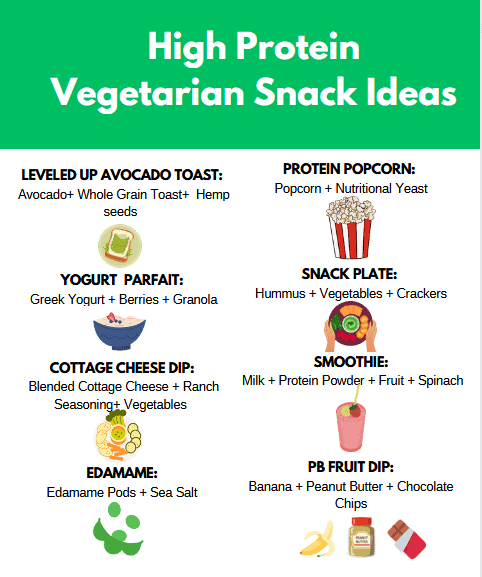
For more information about cooking with plant based foods check out this helpful guide!
Tips on getting enough protein as a vegetarian
Protein consumption may not come as easily for vegetarians as it does for meat eaters, however, with the wide variety of vegetarian protein sources, it doesn't have to be difficult!
Here are some of my favorite tips to help you increase your protein intake and create balanced high protein vegetarian snack options.
- Prepare ahead → Keep washed and cut fruits and veggies in the fridge, as well as hummus and Greek yogurt for a quick and easy high protein vegetarian snack
- Grab and go → Always have a few no cook high protein options such as Greek yogurt, cottage cheese, chickpeas, and trail mix
- Make a list → Make a list of easy, quick high protein snack ideas and hang it on your fridge or pantry easily refer to and remind you to include a protein source in your snack
- Protein powder → Keep protein powder on hand to add to your high protein vegetarian snacks such as smoothies, desserts, or even your coffee for a quick protein boost
- Don’t overthink it → instead of trying to completely switch your current go to snacks for high protein ones, just add a protein source to the snacks you already know and love
My 10 Favourite High protein vegetarian snack ideas

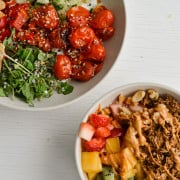

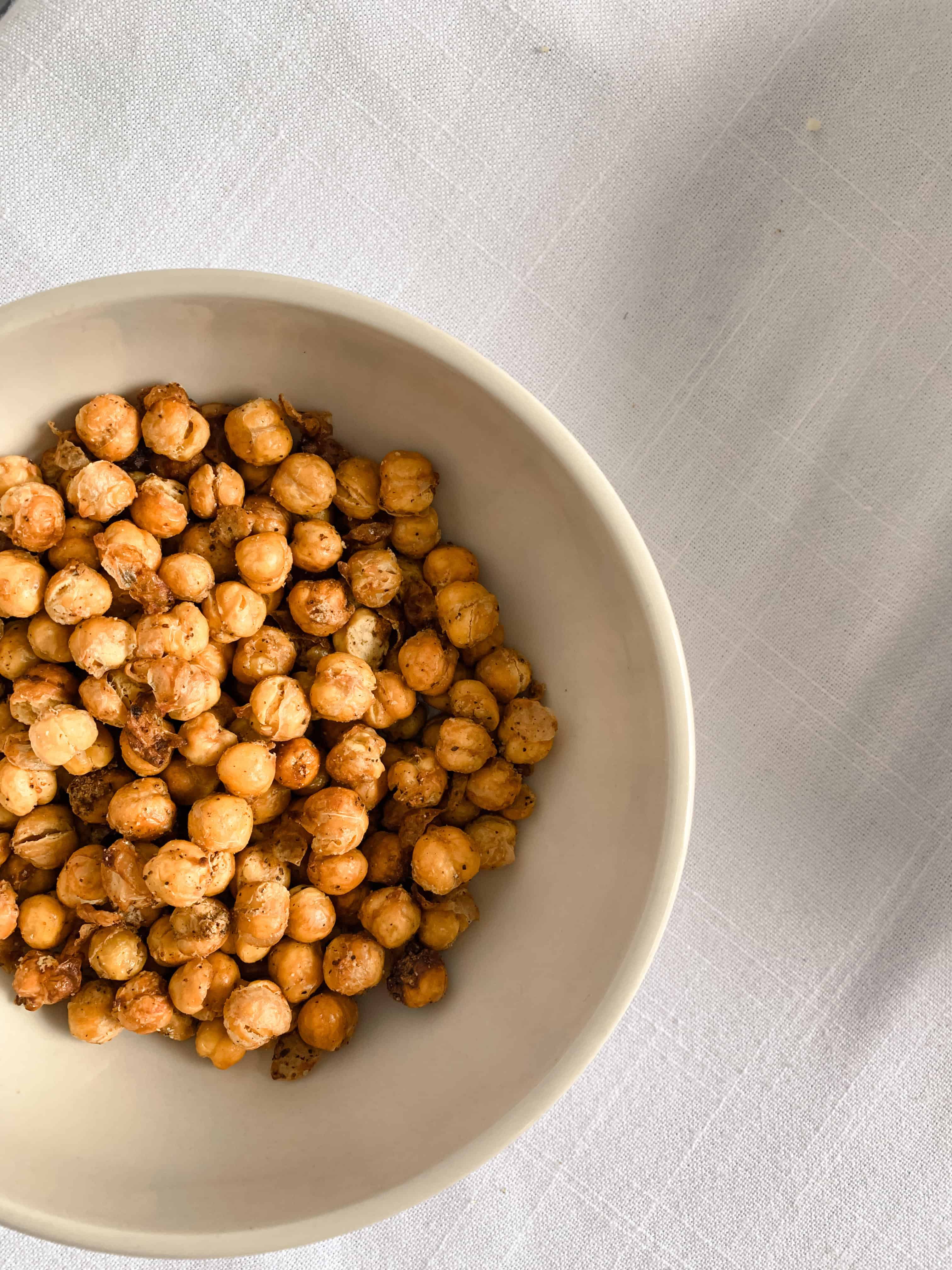
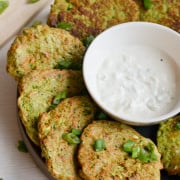
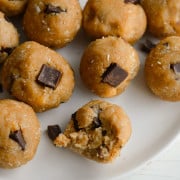
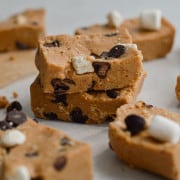

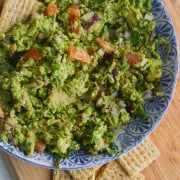
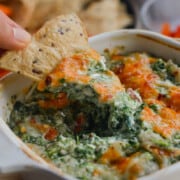
There are LOTS more easy nutrition tricks where this came from so make sure you follow along on my social media sites- @nourishedbynic or join my email newsletter list to get first access to all my favourite nutrition hacks and easy recipes!!
* Contribution by Allison Vanier, a Nutrition and Food student at Toronto Metropolitan University (reviewed and edited by Nicole Addison, RD, MHSc)
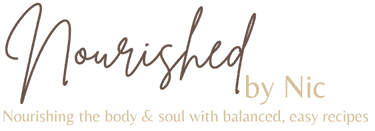


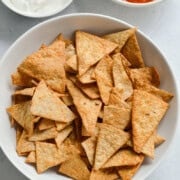
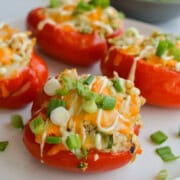
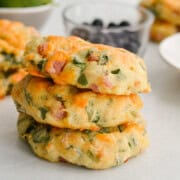


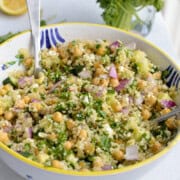
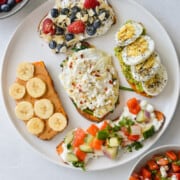
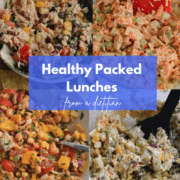
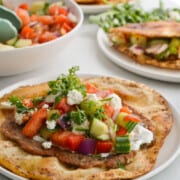
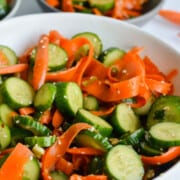
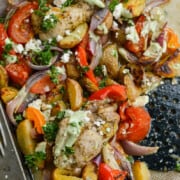
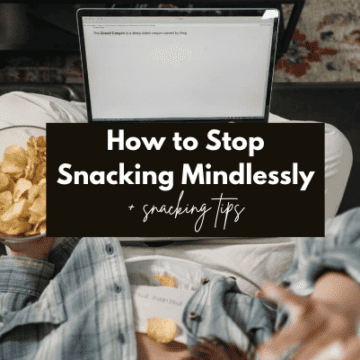
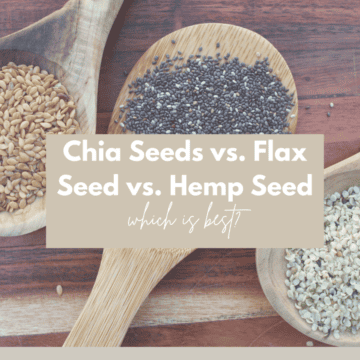
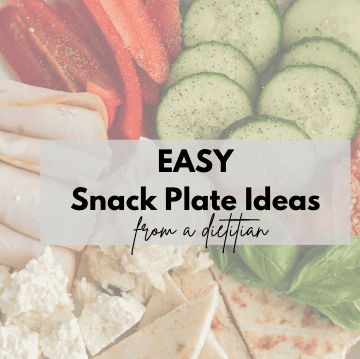

great post! would you ever consider including macros for protein fats and sugar in your recipes?
I understand if you want to keep numbers out of healthy eating. I am asking because I need to eat more protein, and the macros would help.
Hi Ginette,
Thank you!! I actually do currently include all nutrition information at the bottom of every recipe card on my website! Some of the older recipes don’t currently have them but that will change!
I do not include them on my social media posts as I never want the information to reach someone who may not benefit from it!
Hope that helps 🙂
Nicole